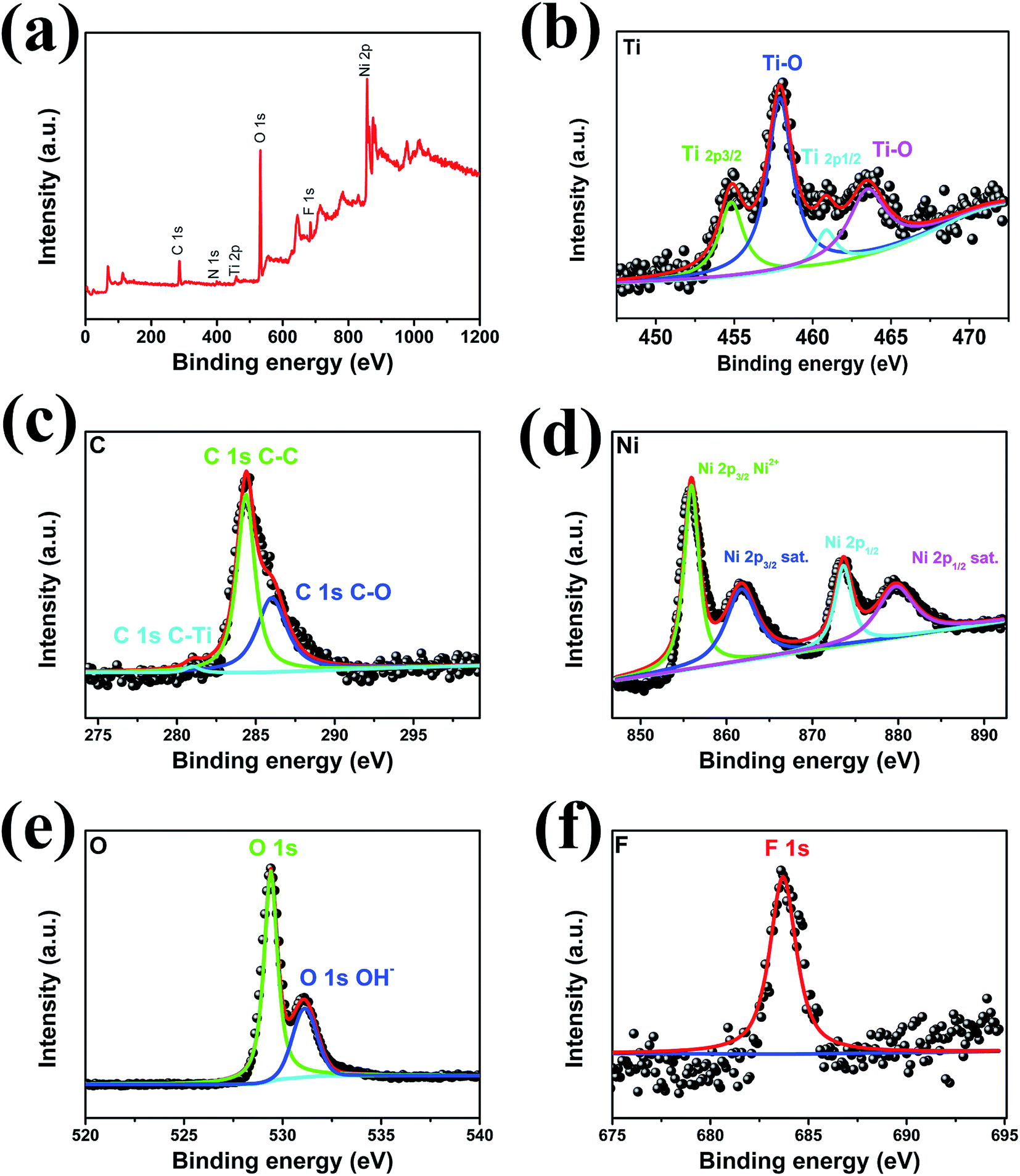
Damage is due to loss of elements and bond rearrangement.ĪES, D-SIMS, EDX, GD-OES, LEXES, ToF-SIMS, TR-XRF & XPS p1ĪES, D-SIMS, EDX, GD-OES, LEXES, ToF-SIMS,TR-XRF & XPS p2 The reason is that the Non-Mono source produce heat (100-200C) and high energy X-rays (up to 12 KeV) - also known as Bremmstrahlung. This set of overlaid spectra reveal the significant potential of the technique since it can be readily used on insulators as well as all other materials.ĭepending on the X-ray source, t he rate and nature of the damage during analysis is different. Refected Electron Energy Loss Spectroscopy is a known, but not well explored technique. Feel free to reference XPS International web-site page: All copyrights reserved. This set of spectra show how the mesh-screen method can be used to simplify and improve charge compensation on the PHI 5800 XPS instrument. The result of this is that the final peak possesses an asymmetric character, due to a multitude of final states each having lost a different amount of kinetic energy (and hence increasing effective binding energy of the photoemission).This set of spectra, shown with a background only and shown with peak-fits, reveals the subtle inner band nature of these transition elements that does not match the simple Duniach-Sunjic asymmetry.įeel free to reference XPS International web-site page: All copyrights reserved. Figure 3: Shake-up processes in conducting material When our LUMO is a conduction band, however we have a continuum of possible shake-up structures which may leave the ion in a variety of states (figure 3). We have discussed shake-up peaks in another section, wherein a photoemission can excite the resulting ion to an energy state slightly above the ground state, typically a few eV.

Figure 2: Nickel valence energy levels and conduction band The LUMO is the conduction band, a continuum of unfilled molecular energy levels (figure 2).

The valence band (equivalent to the HOMO) in nickel consists of the 4s and 3d electrons.

When we think about metals/conductive materials we think of the energy levels as bands. This is the result of final state effects within the metal, caused by the conduction band. Metals and other conductive materials such as graphene, however, may in fact produce asymmetric peaks (such as the nickel peak in figure 1). Figure 1: (Left) Symmetric O 1s XPS peak and (Right) Asymmetric Ni 2p XPS peak. For example, the oxygen peak in figure 1. Typically, spectral peaks from photelectron emission exhibit a symmetrical lineshape, representing a range of energies characterised by the full-width at half maximum.


 0 kommentar(er)
0 kommentar(er)
